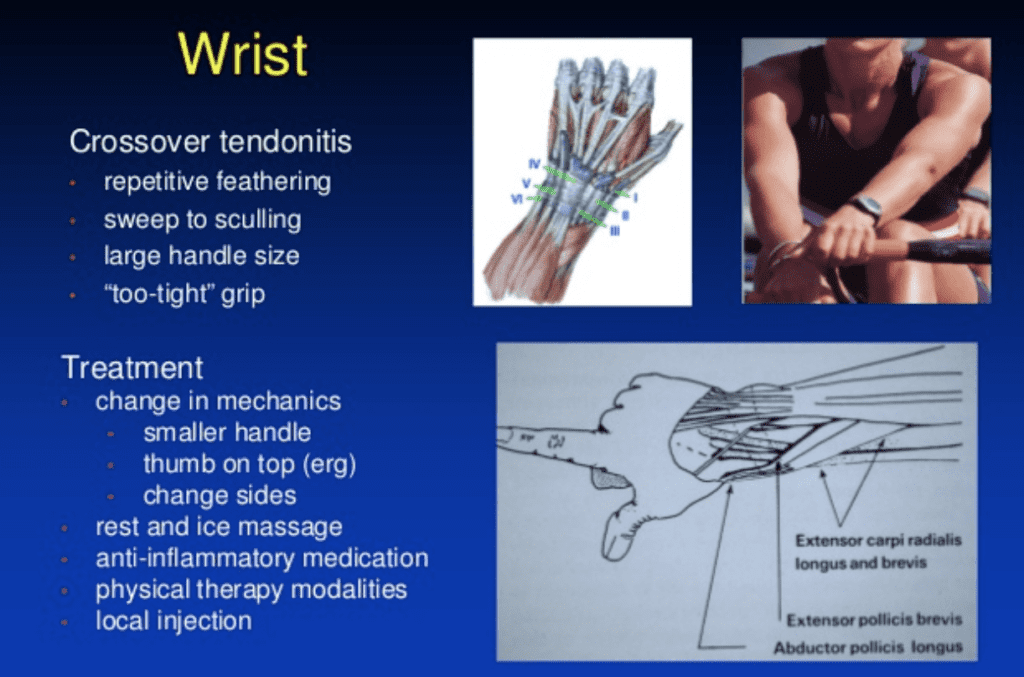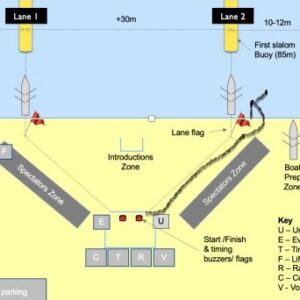Today we have prepared a series of guest posts for you from our partner website Rowperfect. It’s all about the general topic of rowing and mobility! So check back in the coming weeks to “Get Supple!”
Rowing and Mobility – Get supple!
The alarm clock rings. You’re at the breakfast table. Then in the car, on the bus, on the train. You sit at your job, at lunch. Back at work. Then in the car to the sport. At sports – your sports, our sports – what are you doing? You sit down again…
We’re all sitting more than ever today. Fatally, rowing is not a balance to sitting, like running. The hunter has mutated into a desk jockey. Body tension and upright posture suffer, large muscle groups (buttocks, back) atrophy and we become immobile – stiff, as the saying goes. Will Ruth, author of the e-book “Rowing Stronger” and writer of numerous notable articles on (but not limited to) strength training for rowers, leaves us with one of his in-depth articles on “Mobility for Rowers.”
“Mobility for Rowers”
We reproduce Will’s article in four parts:
Part 1: Thoracic Spine (Thoracic Spine)
Part 2: Hip Flexors (Hip Flexor)
Part 3: Glutes (Glutes)
Part 4: Ankle joints (Ankles)
You may know the scenario: you get out of the boat and want to straighten up, but it takes a while before you can straighten your hip. This list of problems could go on and on. Mobility is a problem, but it is crucial for rowing performance. Just a few minutes a day is enough to develop your full strength potential in the stroke phase. At the same time, you greatly reduce your risk of injury. Straight back, straightened thoracic spine, strong glutes (goodbye to seat discomfort), powerful footwork, clean finish, and all without pain – want more? Will Ruth posted a video on Youtube with detailed instructions on self-massage, finding trigger points, and static and dynamic stretching exercises.
Rowing and flexibility:
Shortening, feeling stiff and immobile, has less to do with the structure of a muscle and more to do with feedback from the nervous system. Never allow one’s limbs to move the full range of motion (Full Range of Motion) programs the nervous system for what are ultimately undesirable limitations. Anyone who has ever been injured and had to fix their arm in a sling for months, for example, knows the long road back.
Strength:
Regarding rowing and flexibility, ask yourself: can you still stretch into submission with your back straight? The cause can be both your flexibility and that your muscles are not strong enough. Strength training is an important part of mobility and stability. Find out Will’s best exercises here.
Rowing and Technique:
Once you feel agile and strong enough in each phase of the rowing stroke, you’ll want to replace your old movement pattern and reinforce what you’ve now learned so you can recall it stroke after stroke – because we repeat the same movement a thousand, two thousand times per training session. Basic moderate intensity (steady state) training is particularly suitable for this. If you notice that you are falling back into your old pattern, pause your training for a few mobility exercises and then resume. Breaking or changing an ingrained pattern is always painstaking work – but it’s worth it for a great performance.
Next week we will start with the 1st part, the thoracic spine. Until then: Stay supple!







